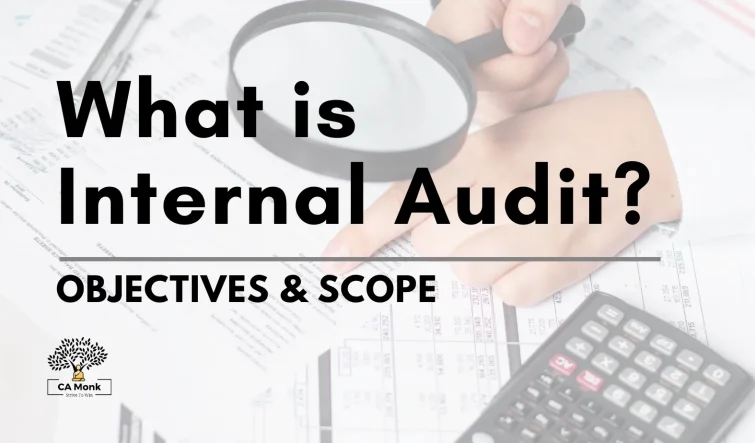Procure to Payment | What is P2P? | Understanding Procure to Pay

Procure to Payment (P2P) serves as the foundation for effective procurement and payment procedures within organizations. This process encompasses several critical steps, starting from recognizing the need for goods or services to the final payment to suppliers. Excelling in the Procure to Payment process is essential for maintaining transparency, accountability, and cost efficiency in procurement activities. This guide explores the vital elements of P2P, discussing typical obstacles and sharing best practices.
Understanding Procure-to-Pay
At its core, the procure-to-pay process encompasses the following stages:
- Purchase Requisition: Initiating the procurement process by creating a purchase requisition and obtaining necessary approvals.
- Vendor Selection: Evaluating and selecting vendors based on predefined criteria and soliciting competitive bids.
- Procurement Planning: Assessing organizational needs, aligning procurement activities with budget constraints, and conducting market research.
- Purchase Order Management: Generating and approving purchase orders, tracking their status, and managing changes.
- Goods Receipt: Receiving and inspecting goods or services to ensure they meet specifications and quality standards.
- Invoice Management: Verifying supplier invoices against purchase orders and goods receipts, resolving discrepancies, and approving for payment.
- Payable Management: Adhering to payment terms, processing payments to vendors, and managing cash flow.
Also Read: What is Internal Audit? Why does it matter?
Sub-Areas of Procure-to-Pay
To effectively manage the procure-to-pay process, organizations should focus on the following sub-areas:
- Policies & Procedures: Establishing approval hierarchies, compliance standards, documentation requirements, ethical standards, and performance metrics.
- Vendor Selection: Defining evaluation criteria, request for proposal (RFP) processes, vendor qualification, and risk assessment.
- Procurement Planning: Conducting needs assessment, budget planning, market research, and strategic planning.
- Purchase Requisition: Creating requisitions, approval workflows, and integration with budgets.
- Purchase Order Management: Generating and approving purchase orders, order tracking, and integration with inventory systems.
- Goods Receipt: Inspection procedures, goods acceptance criteria, and inventory updates.
- Master Data Management: Vendor and product catalogue management, and data governance.
- Vendor Performance Evaluation: Establishing performance metrics, frequency of evaluation, and feedback mechanisms.
- Share of Business: Allocation criteria, negotiation strategies, and risk mitigation.
- Invoice Management: Verification process, approval workflows, and exception handling.
- Payable Management: Payment terms adherence, automation of payments, and cash flow management.
Process to Procure to Pay (P2P)
The P2P process can be broken down into distinct steps:
- Purchase Requisition: Initiating a purchase request, obtaining approvals, and cross-checking for budget availability.
- Purchase Requisition Review: Reviewing requisitions for genuine need and funding availability, and approving or rejecting requests.
- Solicitation Process: Developing procurement plans, soliciting bids from vendors, and evaluating quotations.
- Obtaining Quotations: Collecting quotations from multiple vendors based on requirements.
- Evaluation and Contract: Reviewing and evaluating supplier quotations, negotiating contracts, and selecting vendors.
- Order Management: Receiving and examining goods/services, generating goods receipt notes (GRNs), and verifying quantities against purchase orders.
- Invoice Approvals and Disputes: Matching invoices with GRNs and purchase orders, resolving discrepancies, and approving for payment.
- Authorization of Payment: Adhering to authority level matrices (ALMs) for payment approvals.
Risks Involved in P2P Process
Vendor Management Issues:
a) Inconsistent practice and people-dependent processes in the absence of an SOP.
b) Vendor identification and selection procedures have not been documented.
c) Empanelment of an incompetent/dummy vendor.
d) Sole sourcing of items may lead to business disruption in case of any issue with the supplier.
e) Inadequate requests for quotations (RFQs) are not issued before selecting a vendor for a particular item.
f) Inadequate due diligence during vendor on boarding may lead to unreliable suppliers.
g) Incomplete vendor data may result in inaccurate transactions or fraud.
h) Ignoring environmental and sustainability factors may lead to reputational risks.
Procurement and Inventory Management Issues:
a) MRP run logic in the IT system is not accurate leading to excess/short inventory.
b) Inadequate/delayed planning leading to over/under procurement.
c) Unauthorized purchases can occur in the absence of robust controls.
d) Incorrect Rates in the system not as agreed with the vendor after final negotiations.
Financial Control Issues:
a) Duplicate booking of Invoice / Duplicate payment.
b) Invoices are not consistent with PO or GRN.
c) Payments made to vendors are not authorized.
d) Delayed payments can harm vendor relationships and cash flow.
e) To check and ensure adequate approvals for requisitions/orders raised.
Compliance and Risk Management Issues:
a) Non-compliance with policies and regulations may lead to legal consequences.
b) Failure to update policies regularly increases the risk of non-compliance.
Conclusion
Mastering the procure-to-pay process requires meticulous planning, adherence to policies and procedures, effective vendor management, and robust financial controls. By addressing common challenges and implementing best practices, organizations can streamline their procurement operations, enhance transparency, and drive cost savings. Embracing a structured approach to P2P is essential for achieving operational excellence and maintaining competitive advantage in today’s dynamic business landscape.
Master the Internal Controls &
Processes with Expert
P2P, Inventory Management, Statutory Compliances, HR & Payroll, Finance & Accounts, Sales & Marketing…